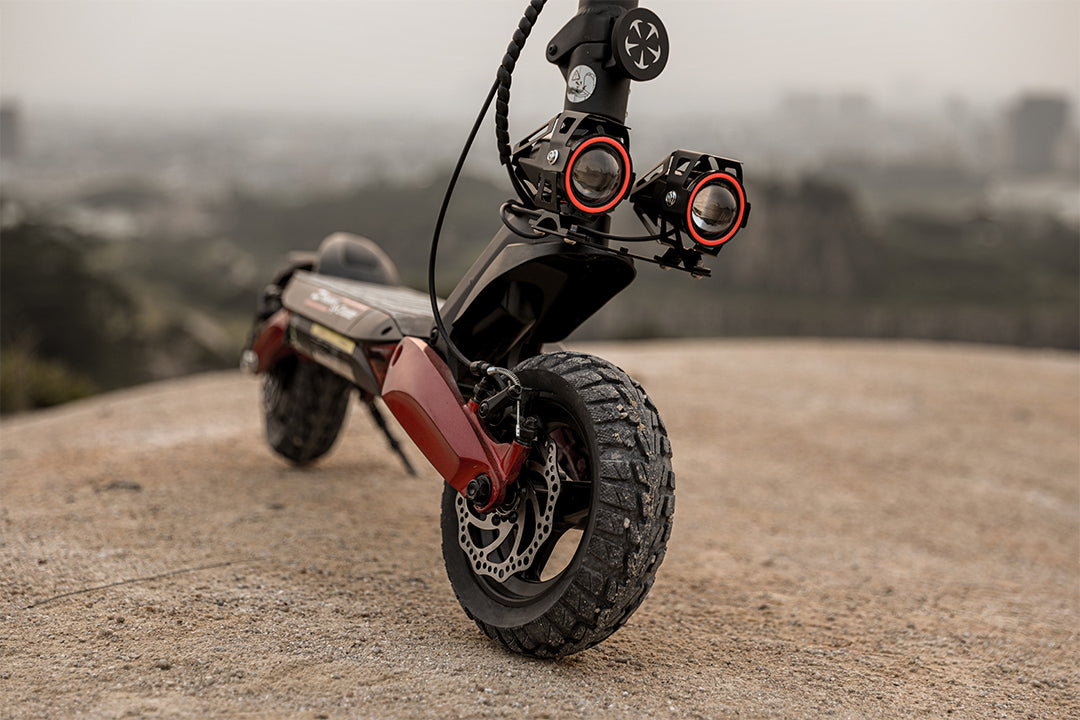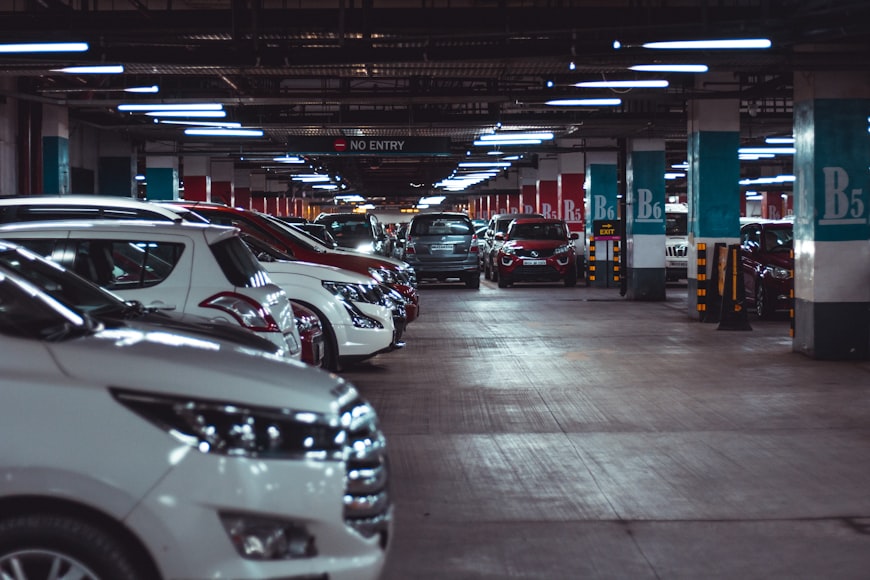You have finally gotten the car that you have always wanted. You may be excited and feel like a kid who has just been given his first bicycle. However, more than 10 million car crashes go unreported every year, according to NHTSA. Therefore, when it comes to purchasing an automobile, one of the most important things you need is auto insurance. Many types of auto insurance coverage are available in the market today, but not all types are necessary for every driver or car owner. This article will discuss some of the different types of auto insurance coverage you should consider before buying your new vehicle.
Table of Contents
Liability Insurance
Liability insurance covers injuries to other people and property damage caused by you. Liability insurance is required by law in many states, and it’s often included in comprehensive and collision coverage. If you have a car accident, liability insurance will help pay for the damage to your vehicle and the medical bills of the people you hurt.
If your state doesn’t require car owners to carry at least some type of liability coverage, you should consider purchasing it regardless. If you are a firm owning more than five vehicles, look into owned auto insurance. This way, if someone gets injured or their property is damaged while involved in an accident with you, they will be compensated for their loss.
Collision Insurance
Collision claims are the most common types of claims filed, with an average of 5.8 claims per 100 years of insured vehicle coverage. Collision insurance covers damage to your car caused by an accident, a natural disaster, or a collision with another vehicle. If you’ve hit a pole or tree and damaged your vehicle, collision insurance will cover the cost of repairs (up to the policy’s limits).
In addition to covering you in case of collisions with other cars or objects like telephone poles, this type of auto insurance also covers theft and vandalism at no additional charge so long as it occurs within 100 miles from where you live.
Comprehensive Coverage
Comprehensive auto insurance protects you against other non-accident-related losses to your car, such as fire, theft, and vandalism. Comprehensive coverage can be a good option if you have a newer or more expensive vehicle because it may offer better protection than collision coverage.
In addition to protecting against damage caused by non-accident-related events, comprehensive coverage can also cover damage to your vehicle caused by natural disasters (such as floods) or intentional acts (such as vandalism). However, if you live in an area where the risk of these types of losses is high, then it might not be worth paying for this type of coverage since it will likely only pay out once every several years, and even then at low amounts that don’t make up for what was lost due to the incident itself.
Underinsured and Uninsured Motorist Coverage
Another type of insurance you may want to consider is underinsured and uninsured motorist coverage. This type of auto insurance protects you if you get in an accident with someone who has no insurance or doesn’t have enough coverage for the damages. As per IRC, at least 1 in every nine motorists was uninsured back in 2019.
Underinsured and uninsured motorist coverage comes in 2 forms – as part of a standard auto policy or as a separate policy purchased on top of your basic car insurance policy. The amount of money this coverage pays out will vary by state law; some states require certain levels of protection while others do not set dollar limits. Regardless, if you live somewhere where it’s needed (or even just advisable), you must understand what level of protection underinsured/uninsured motorist coverage provides before making any decisions about buying this kind of extra coverage.
You can purchase underinsured/uninsured motorist coverage alone or as part of your comprehensive auto policy (i.e., comprehensive plus collision). If chosen separately, it must be purchased within a month of purchasing your basic liability policy from an insurer licensed by the state where you live. Otherwise, there may be penalties assessed against both yourself and your insurer.
GAP Car Insurance
If you’re wondering why you should consider GAP car insurance, we’ll tell you. GAP insurance is not required by law, but it can benefit your finances if something happens to your car. If a thief steals your vehicle and then wrecks it, or if a meteor strikes it while parked in your driveway and totals the vehicle, this type of auto insurance comes into play.
GAP coverage will pay the difference between what you owe on your vehicle and what it’s worth during damage or theft. You may have heard this referred to as gap insurance instead of GAP coverage. There isn’t much difference between them, and both terms refer to a policy that covers the gap between what an owner owes on their automobile loan/lease agreement and what they receive from their insurer when their vehicle is totaled in an accident or stolen from them (and recovered).
Conclusion
Those are the main types of insurance that you should consider when purchasing your new car. Auto insurance is an important part of owning a vehicle, so it’s worth learning more about how different policies work before deciding on what coverage you want. There are many things to consider when looking at auto insurance premiums, such as age and driving record, but other factors like where you live can also impact rates.















